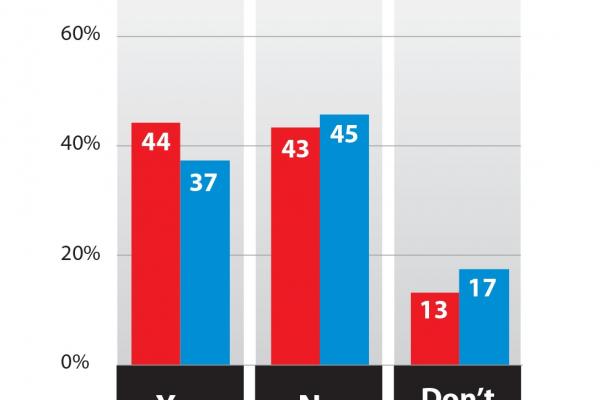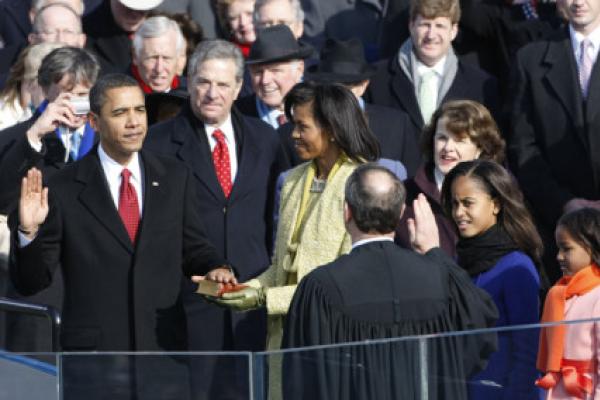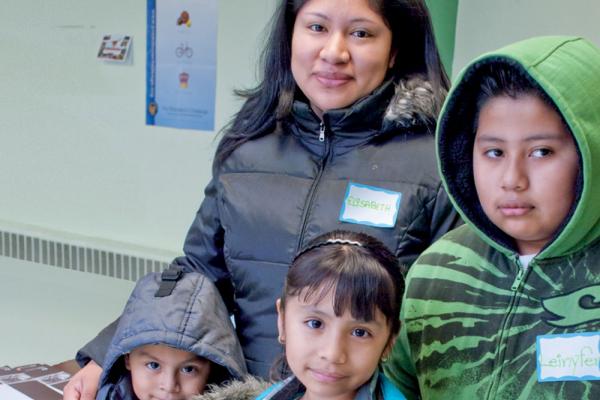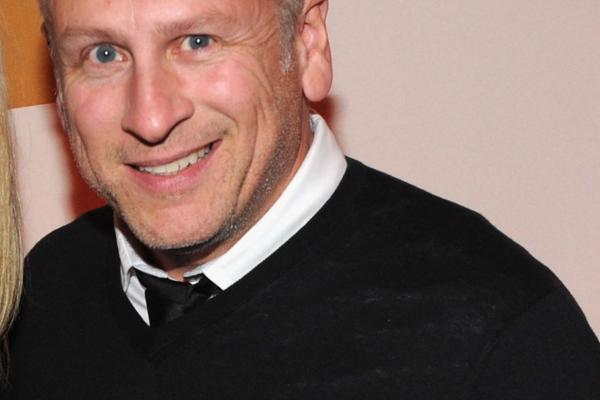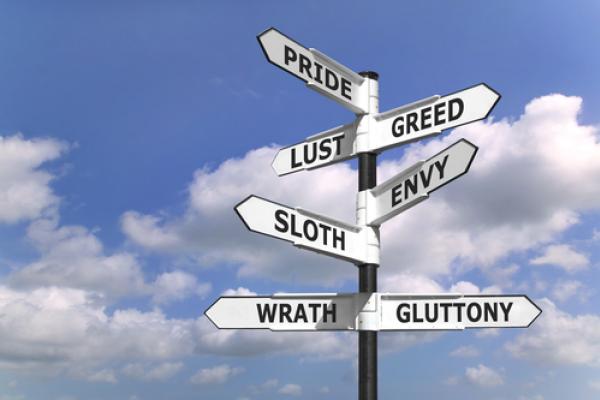Americans’ acceptance of gays and lesbians is continuing to grow, with a new poll showing that just over a third of Americans view homosexuality as a sin, down from 44 percent a year earlier.
The finding from LifeWay Research, which was founded by the Southern Baptist Convention, was released just as the pastor who was to give the inaugural benediction for President Barack Obama withdrew from the program over an anti-gay sermon he gave 20 years ago.
I was a nervous kid. Once, I got so freaked out by the prospect of a speaking part in my first-grade school play that my folks thought I had come down with appendicitis. But there were two times in particular that I remember descending into unmitigated panic. Both involved discussions with my dad about my career.
The first time, my dad was telling me about his year-by-year earning trends as an insurance salesman. He went from being one of several agents manning a booth in a Sears store to being the highest-earning employee in his major international company over about 15 years. He added zeroes to his income, and a passel of staffers, including my mom for a while (didn’t work out so well – they divorced thereafter).
At his height, he was earning upwards of half a million a year, and this was in the 80s. His company flew him all over the world, showered him with awards, and held him up as the high-water mark for all other agents to aspire to. I combined this remarkable achievement with the implicit cultural message that all generations exceeded their parents in earning power and went into an emotional tailspin.
How in the hell was I going to make that kind of money?
WASHINGTON — President Obama will take the oath of office with two Bibles that once belonged to a pair of civil rights icons: Abraham Lincoln and Martin Luther King Jr.
King’s “traveling Bible” was provided by his family, while the Lincoln Bible is from the Library of Congress and was used during the 16th president’s inauguration on March 4, 1861; Obama also used the Lincoln Bible during his first inauguration in 2009.
The Lincoln and King good books will be used during this year’s public swearing-in ceremony on Jan. 21, the Presidential Inaugural Committee announced. King’s Bible will be stacked atop Lincoln’s.
“President Obama is honored to use these Bibles at the swearing-in ceremonies,” said Steve Kerrigan, president and CEO of the inaugural committee. “These Bibles are rich in tradition and reflect the great American story that binds our nation.”
Though you are worthy of trumpets and the song of angels, you graciously receive our daily prayers of whispered words and mundane habits. Enable us, Lord, to love you with all that we are and in all that we do. Teach us how we might truly pray without ceasing. Amen.
-From Common Prayer
Since the start of the year, drone attacks in Pakistan have been escalating. In the first ten days of January, seven attacks have been reported.
Thursday morning, according to the Global News/AP:
“U.S. drone-fired missiles hit a house in Pakistan's northwest tribal region Thursday, killing five suspected militants, Pakistani intelligence officials said. It was the seventh such attack in less than two weeks.
“The recent spate of strikes has been one of the most intense in the past two years, a period in which political tensions between the U.S. and Pakistan led to a reduced number of attacks compared to 2010, when they were at their most frequent.”
Tuesday, The Bureau of Investigative Journalism reported:
“In twin strikes CIA drones killed at least six people, including up to two reported civilians. There were conflicting accounts of the events that night. Some sources reported there was a single strike that killed up to nine people. However multiple sources reported up to 17 missiles were fired on two close but separate targets at least 15 minutes apart. The first of the potentially coordinated attacks killed at least four in Haider Khel village shortly after midnight. …
“The Agency’s drones killed at least two people in the second strike in nearby Hesso Khel village. As many as 11 missiles were fired on a ‘two room house‘ belonging to Noor Mohammed – his fate was not reported. Villagers said there was no way to tell the identity or nationality of the ‘mutilated bodies’. Many drones were reportedly seen overhead after the strike making tribesmen panic.”
For the past two years, Sojourners has been in the middle of every budget battle speaking out on behalf of poor and struggling families and individuals. With your help and support, we made news across the country by asking, “What Would Jesus Cut?” More than 30,000 people joined Jim Wallis in a fast for a moral budget. We’ve run print, radio, and TV ads.
But, this work isn’t over. We need to prepare now.
That’s why Sojourners has teamed up with PICO, one of the nation’s largest community organizing networks, to create and distribute “The Choices We Face: A Guide for Faith Leaders to the Federal Budget and Tax Debate.”
The evangelical pastor that President Obama picked to deliver the benediction at his inauguration ceremonies withdrew from the high-profile assignment on Thursday following a furor over a sermon from the mid-1990s in which he denounced the gay rights movement and advocated efforts to turn gays straight.
In a statement, the Rev. Louie Giglio of Atlanta, founder of the Passion Conferences for college-age Christians, did not directly renounce his remarks on gays but indicated that fighting gay rights is not one of his “priorities.”
Still, because of the controversy – which erupted on Wednesday after the liberal group Think Progress posted audio of the sermon – Giglio said that “it is likely that my participation, and the prayer I would offer, will be dwarfed by those seeking to make their agenda the focal point of the inauguration.”
The seven deadly sins have new partners in crime.
Lust, gluttony, greed, sloth, wrath, envy, and pride still attract a lot of attention. But as the Internet and other media invade American life, our vices have also gone virtual, according to a new study.
Nearly half of Americans say they are tempted to idle the hours away on the Internet, video games and television, according to Barna Group, a California-based Christian research organization.
